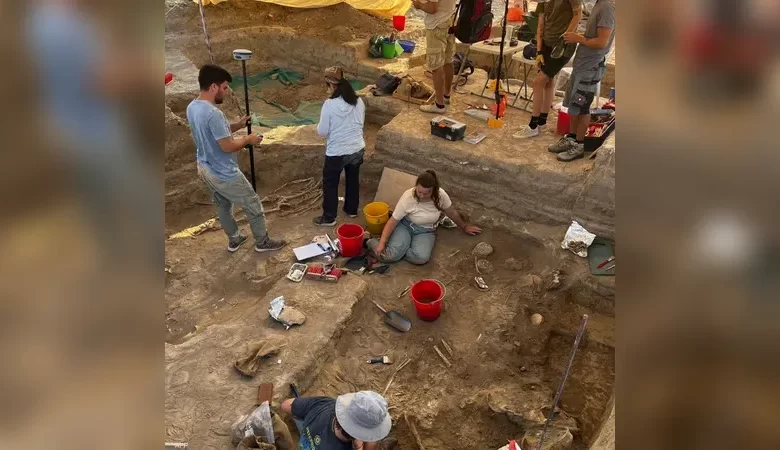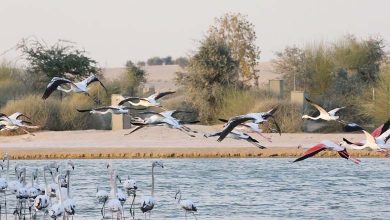Discovery of an Ancient Trading Center in Cyprus… and a Precious Treasure in Tombs

Excavations led by a Swedish mission in Cyprus have revealed a wealth of artifacts indicating that an ancient coastal city in Larnaca on the southern coast was a major trading hub during the Bronze Age.
Yorgos Yorgos, acting director of Cyprus’s Antiquities Department, stated on Wednesday, “It seems that the city’s wealth was based on copper production and trade with nearby and distant cultures.”
He added to Agence France-Presse, “If we judge by the rich burial gifts, the tombs belong to families of the ruling class in the city, which undoubtedly engaged in copper exports and trade between cultures.”
He clarified that the excavation site in Dromolaxia-Vyzakia was a bustling harbor in the late Bronze Age, estimated by some experts to cover no less than 25 hectares.
The settlement, which thrived between 1600 and 1100 BC, lies along the shores of the salty Larnaca Lake near Hala Sultan Tekke.
Tombs Outside the Trading Center
Meanwhile, Gothenburg University announced last month that they have finally discovered tombs outside this Bronze Age trading center.
These tombs are among the richest ever found in the Mediterranean region, stating that the valuable handcrafted items in the tombs indicate they belonged to the city’s rulers, who were engaged in copper trade between 1500 and 1300 BC.
Peter Fischer, an archaeology professor and the mission’s leader, said, “Considering the richness of the tombs, it’s logical that they would be royal tombs.”
The tombs are subterranean chambers accessed through a narrow corridor from the surface.
The Swedish mission has been excavating in the vicinity of Hala Sultan Tekke since 2010, previously discovering burial chambers.
The mission stated, “We found over 500 craft items and complete pieces distributed in two cemeteries.”
Fischer stated on the university’s website, “Many of the artifacts consist of precious metals, gemstones, ivory, and high-quality pottery.”
He explained that around half of the artifacts were imported from neighboring cultures, importing gold and ivory from Egypt.
Gemstones, such as blue lapis lazuli, dark red carnelian, blue and green turquoise, were imported from Afghanistan, India, and Sinai respectively. The tombs also contain amber objects imported from the Baltic region.












